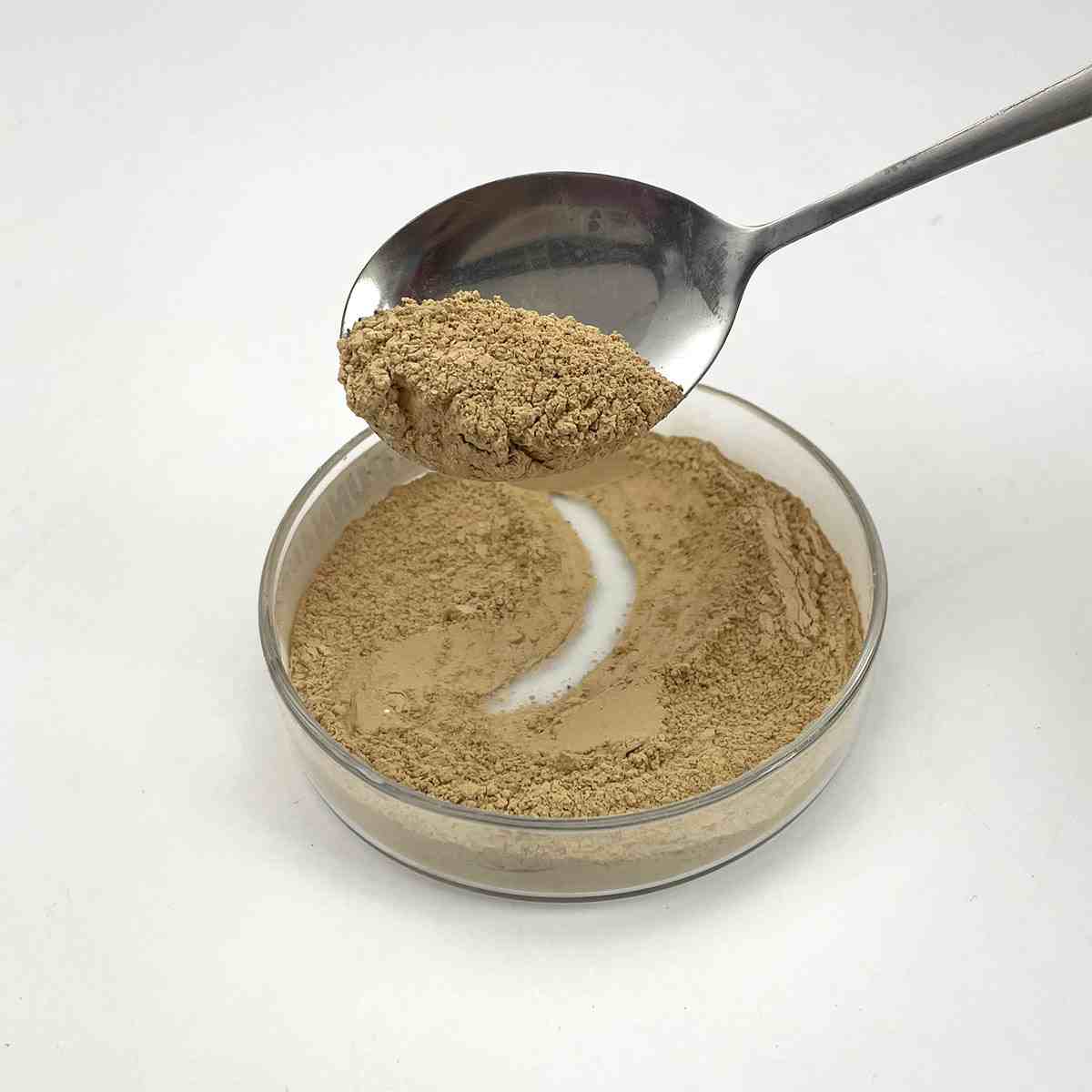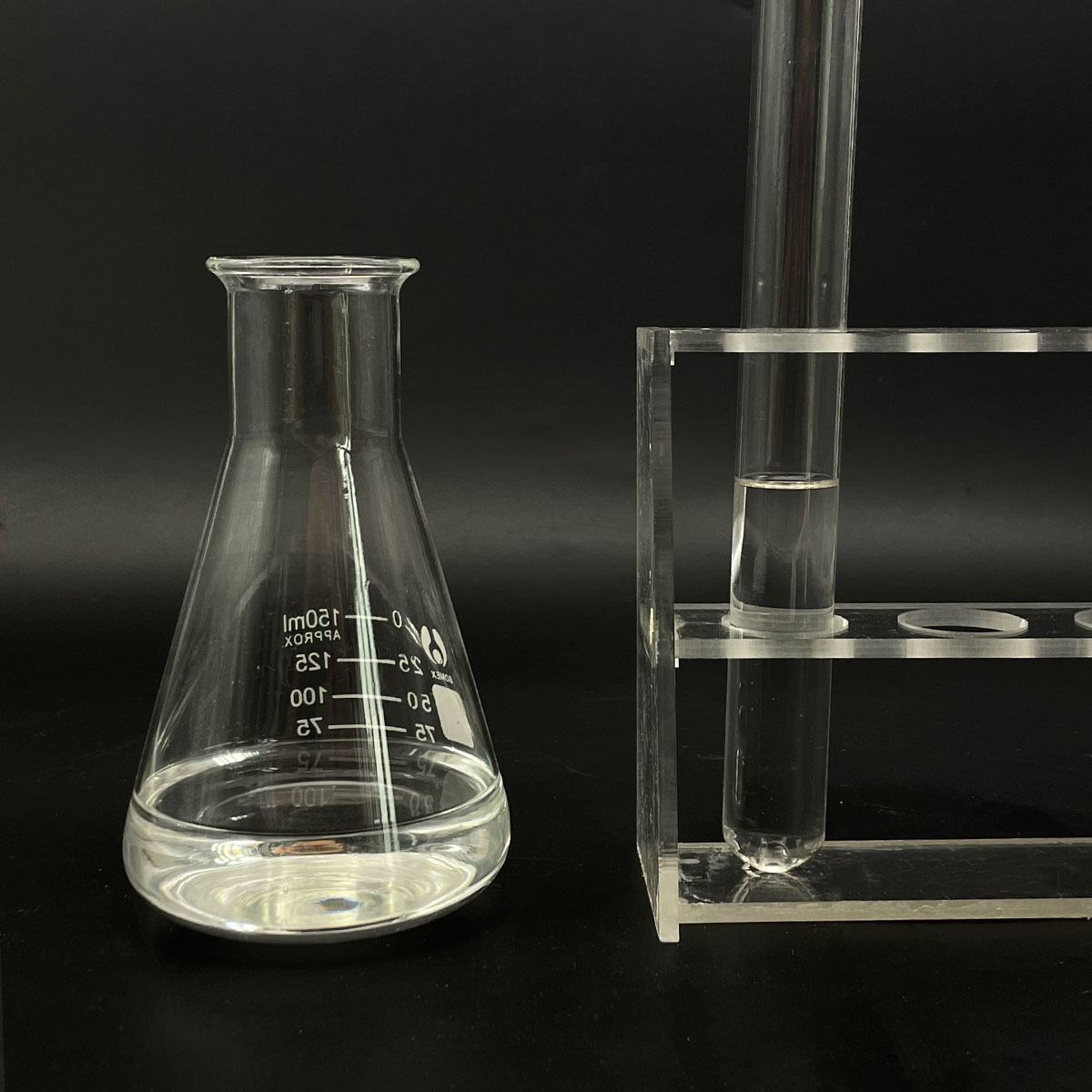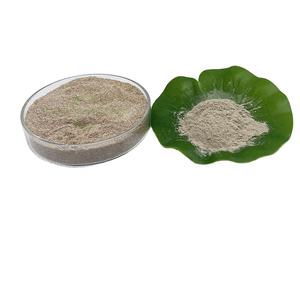1. Introduction
In the past 48 hours, a major skincare brand announced it’s reformulating all its shampoos to remove sodium lauryl sulfate (SLS) in response to growing consumer demand for gentler, sulfate-free products. This move reflects a broader industry shift toward milder surfactants like decyl glucoside, coco glucoside, and sodium cocoyl isethionate—highlighting just how central SLS remains in conversations about personal care chemistry.

Sodium lauryl sulfate—also known as sodium dodecyl sulfate (SDS)—is one of the most widely used anionic surfactants in the world. Found in everything from toothpaste to laundry detergent, it’s prized for its powerful foaming and cleansing abilities. But what exactly is it, and why is it so controversial? Let’s break it down.
2. What Is Sodium Lauryl Sulfate?
Sodium lauryl sulfate (SLS), sometimes labeled as sls sodium lauryl sulfate, na lauryl sulfate, or natrium lauryl sulfate, is a synthetic surfactant derived from lauryl alcohol (often sourced from coconut or palm kernel oil). Chemically, it’s known as sodium dodecyl sulfate—a straight-chain 12-carbon alkyl sulfate with strong anionic properties.
As a surfactant, SLS lowers the surface tension between liquids or between a liquid and a solid. The meaning of surfactant comes from ‘surface-active agent,’ and SLS excels at this by helping water mix with oil and dirt, making it easier to rinse away. This is why it’s so common in cleansers, shampoos, and even industrial cleaners.
3. How SLS Compares to Other Common Surfactants
Not all surfactants are created equal. SLS is often confused with sodium laureth sulfate (SLES), also called sodium lauryl ether sulfate or sodium lauryl ether sulphate. While both are anionic surfactants, SLES is ethoxylated—meaning it’s been treated with ethylene oxide—which makes it milder on the skin than SLS.
Other popular alternatives include:

- Cocamidopropyl betaine (also called coco betaine, amidopropyl betaine, or coco amido propyl betaine): an amphoteric surfactant that’s gentle and often used to reduce irritation from harsher anionics like SLS.
- Decyl glucoside and coco glucoside: non-ionic surfactants derived from sugar and coconut oil, classified as bio surfactants due to their renewable origins.
- Sodium lauroyl sarcosinate and sodium cocoyl glutamate: amino acid-based anionic surfactants known for mildness.
- Sodium coco sulfate (sometimes mislabeled as coco sodium sulfate): a blend of fatty acid sulfates, slightly milder than pure SLS but still anionic.
Unlike anionic surfactants, cationic surfactants like cetyl trimethyl ammonium bromide (CTAB) or cetyltrimethylammonium bromide carry a positive charge and are used more for conditioning than cleansing. Non-ionic surfactants like polysorbate 80, Span80, Pluronic 127, and Poloxamer 188 don’t carry a charge and are often used as emulsifiers.
4. Where You’ll Find SLS—and Why It’s Used
SLS is a workhorse in product formulation. You’ll find it in:
- Shampoos and body washes (often paired with cocamidopropyl to balance foam and mildness)
- Toothpastes (for foaming and plaque removal)
- Industrial cleaners and garage floor degreasers
- Herbicides and weed killers—yes, SLS and related compounds like ammonium lauryl sulfate act as surfactants for herbicides, helping active ingredients stick to waxy plant leaves. In lawn care, it functions as a wetting agent for grass or lawn wetting agent.
It’s also used alongside other surfactants like lignin sulfonate (a byproduct of paper manufacturing) or methylated seed oil in agricultural applications. For those searching for sodium lauryl sulfate for sale, it’s readily available from chemical suppliers like Rohit Surfactants Private Limited.

5. Safety, Myths, and Misconceptions
Despite viral claims online, SLS is not carcinogenic. Regulatory bodies like the FDA and EU SCCS consider it safe at typical use concentrations (usually 1–15% in rinse-off products). However, it can be irritating to skin and eyes—especially in high concentrations or with prolonged exposure.
People with sensitive skin or conditions like eczema may prefer products with milder alternatives like alkyl polyglucoside or sodium lauroyl methyl isethionate. Note that SLS is different from sodium dodecylbenzene sulfonate (a common laundry surfactant) or fluoro surfactants used in firefighting foams.
Also, don’t confuse SLS with ammonium lauryl sulfate (ALS) or ammonium dodecyl sulfate—these are similar but use ammonium instead of sodium as the counterion.
6. The Rise of Sulfate-Free and Bio-Based Options
Consumer demand has driven a boom in sulfate-free products using gentler surfactants. Brands now favor blends of amphoteric (like cocamidopropyl betaine) and non-ionic surfactants (like ethoxylated alcohols or polysorbates) to maintain foam without irritation.
Bio surfactants such as rhamnolipids or sophorolipids are gaining traction for sustainability, though they’re still cost-prohibitive for mass-market use. Meanwhile, ingredients like sodium deoxycholate and sodium oleate serve niche roles in pharmaceuticals and soaps.
Even in agriculture, there’s growing interest in eco-friendly wetting agents. While SLS remains effective, some farmers are testing lignin sulfonate or plant-derived nonionic surfactants as alternatives.
7. Conclusion
Sodium lauryl sulfate remains a cornerstone of modern cleaning and personal care chemistry thanks to its effectiveness and low cost. However, as consumers become more ingredient-savvy, the market is shifting toward milder, more sustainable options. Whether you’re formulating a shampoo, choosing a weed killer, or just reading a label, understanding SLS and its surfactant cousins—like sodium laureth, cocamido compounds, and alkyl polyglucosides—empowers smarter decisions.
Our Website founded on October 17, 2012, is a high-tech enterprise committed to the research and development, production, processing, sales and technical services of ceramic relative materials such as 7. Our products includes but not limited to Boron Carbide Ceramic Products, Boron Nitride Ceramic Products, Silicon Carbide Ceramic Products, Silicon Nitride Ceramic Products, Zirconium Dioxide Ceramic Products, etc. If you are interested, please feel free to contact us.


